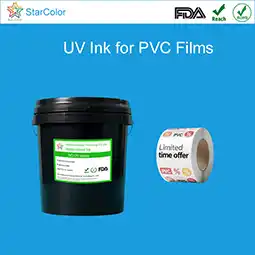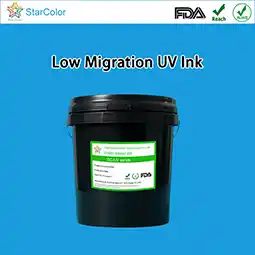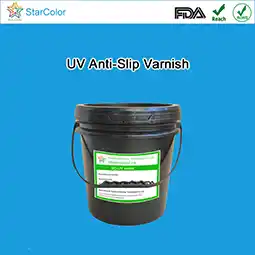Requirements for Water-Based Flexographic Ink in Direct Food Contact Applications
Date: Nov 05 2025 From: Star Color Views:
For flexographic water-based inks used in direct food contact, safety, stability, and adaptability directly affect consumer health. Such inks must meet three core criteria: strict safety standards, printing performance compatibility, and environmental durability. From the EU’s Regulation (EU) No. 10/2011 to China’s GB 4806.14-2023, global regulations impose stringent limits on ink composition, migration, and residue levels. Moreover, diverse food packaging applications—such as hot, oily, or liquid foods—demand inks with tailored resistance properties.
1. Composition Compliance
For inks that come into direct contact with food, the top priority is “non-toxic and non-migratory.” Compliance focuses on three key areas: ingredient restrictions, migration control, and residual solvent management.
1.1 Ingredient Restrictions
- Resins & Pigments: Resins must comply with FDA 21 CFR 175.300 and EU No. 10/2011; rosin and phenolic resins are prohibited. Pigments should be organic and heavy-metal-free, with lead, cadmium, mercury, and arsenic ≤0.001mg/kg.
- Solvents & Additives: Deionized water must be the main solvent (≥60%). Toxic solvents like benzene, ketones, and halohydrocarbons are banned. Only food-grade ethanol or propylene glycol (≤10%) may be used. Additives must exclude phthalates and formaldehyde-releasing agents, while using polyether-modified silicone defoamers for odor-free results.
1.2 Migration Control
- Total Migration: Under GB 31604.1-2015, total migration after 24 hours at 40°C must be ≤10mg/dm²; for infant food packaging, ≤6mg/dm².
- Specific Migration: EU 10/2011 limits benzophenone (≤0.6mg/kg) and 4-methylbenzophenone (≤0.05mg/kg). Aromatic amine migration must be ≤0.01mg/kg to prevent allergic reactions.
1.3 Residue and Odor Control
- Residual Solvent: GB 38507-2020 specifies VOC ≤100g/L and solvent residue ≤5mg/m²; benzene, toluene, and xylene must not be detected.
- Odor: GB 4806.14-2023 requires printed ink to be odorless both before and after food-contact simulation testing.
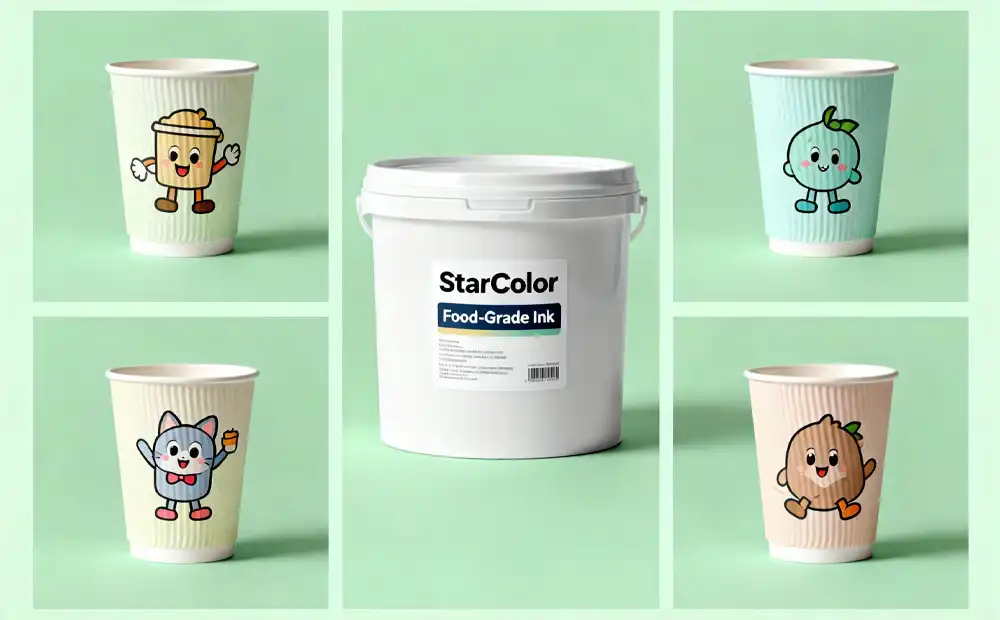
2. Printing Performance
Beyond safety, water-based inks must meet performance standards for adhesion, color stability, and compatibility with high-speed printing.
2.1 Adhesion
- Substrate Compatibility: On BOPP, PE, and PET, cross-cut adhesion must reach 4B–5B (≤5% ink removal). On absorbent substrates such as paper, adhesion must reach 5B without strike-through.
- Rub Resistance: Under GB/T 7706, after 500 cycles of rubbing under a 500g load, no visible color loss should occur.
2.2 Color Stability
- Dot Reproduction: At 150 lpi, the 50% dot gain must be ≤8%; solid areas must be uniform, with color difference ΔE ≤0.8.
- Lightfastness: For outdoor use, after 60 days of exposure, color difference ΔE ≤2.5 with no fading or chalking.
3. Environmental Durability
Inks must maintain integrity under various temperature and environmental conditions typical of food packaging.
3.1 Temperature Resistance
- Heat Resistance: At 80°C for 30 minutes, the ink layer must not soften or peel; adhesion ≥4B.
- Cold Resistance: At -20°C for 24 hours, the ink must not crack or fade after thawing.
3.2 Oil and Water Resistance
- Oil Resistance: According to GB/T 15171, oil resistance level must reach Grade 5 (no penetration).
- Water Resistance: After 24-hour immersion in distilled water, the ink must remain intact without smudging.
3.3 Chemical Resistance
- Acid Resistance: No blurring or peeling after 24-hour immersion in 3% acetic acid.
- Alkali Resistance: No degradation after 24-hour immersion in 1% NaOH solution.
- Alcohol Resistance: When wiped 50 times with 75% ethanol, no color loss should occur.
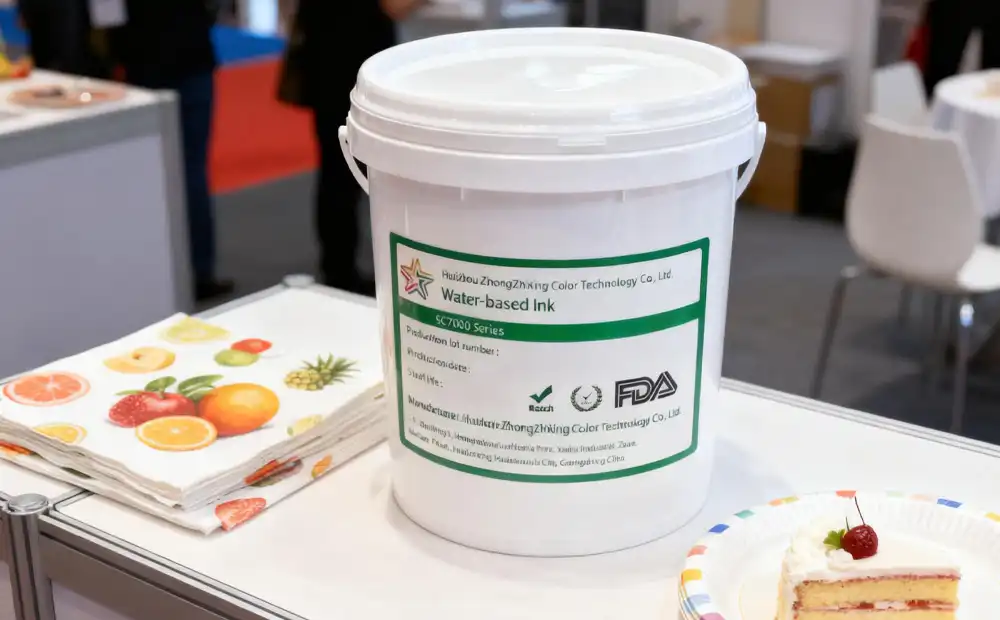
Conclusion
Direct food contact flexographic water-based inks must meet strict limits on composition, migration, and residues to ensure consumer safety. In addition, they must maintain strong adhesion, stable color, and resistance to heat, oil, and moisture under diverse packaging scenarios. Before selection, manufacturers should verify compliance with GB 4806.14-2023, FDA, and EU 10/2011 certifications and conduct scenario-based performance tests to ensure true food-contact suitability.
 RU
RU EN
EN CN
CN








